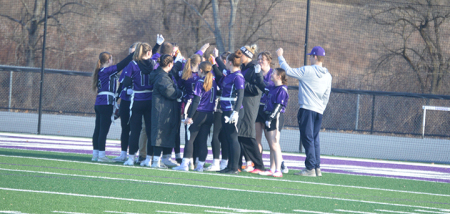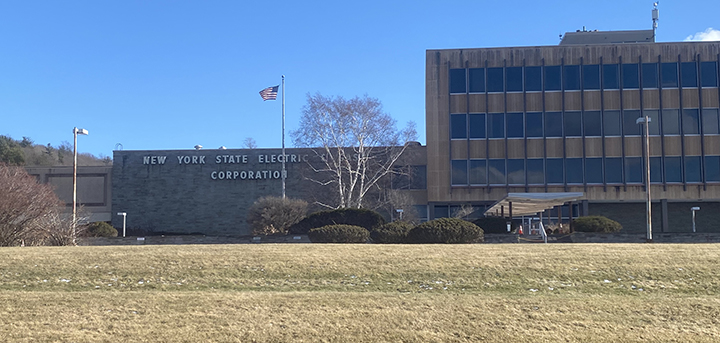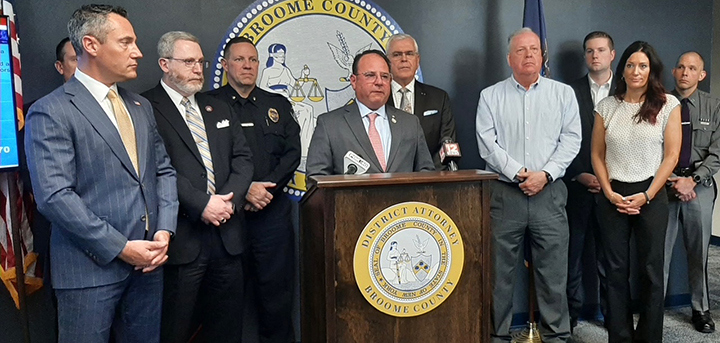The Legion: God, Country And The American Way
Published:
May 28th, 2007
By:
Michael McGuire

What does the American Legion do?
Today, on Memorial Day, it holds parades and services to honor those who gave their lives for the United States. Its members and color guards march down main streets, as citizens up and down the sidewalks pay their respects. Its honor guards lead the crowds to parks and cemeteries, where speakers remind us that the sacrifices being recognized are those of the young. Its members decorate the graves of veterans with flowers and flags, making sure none have been forgotten.
Memorial Day is one face of the American Legion, the largest veterans’ organization in the country. Veteran Hank Burnor, a member of the Edwin Wilbur Jr. American Legion Post #1478 in McDonough, says the organization has many.
“When I think of the American Legion I think of God, Country, the American Way and family,” Burnor said, “a family of veterans which grows everyday.”
At the national level, the Legion lobbies for causes such as increasing Veteran’s Affairs budget funding, improving military health care and ensuring the safety of combat troops overseas. Headquartered in Indianapolis, the organization says it also develops nationwide programs aimed at helping wounded soldiers transition back into their communities and workforce, promoting education, instilling leadership in young adults and promoting pride in America.
“Our goal is to not only provide security for veterans,” national Legion spokesman Wade Habshey said, “but also their families and the community itself.”
At the community level, aside from being a place “veterans can come home to,” Legion post representatives say they donate much needed time and money to afford people simple things like little league baseball equipment, Boy Scout trips, new scoreboards, cancer benefits and decorations for a downtown street-scapes.
“We embrace the spirit of helping each other and watching out for each other,” Burnor said. “And by being a Legionnaire, I believe I can help to make our Chenango County community a better place to live.”
A shift
Started in 1919 as a “patriotic, mutual-help, war-time veterans organization,” the American Legion has held steady membership rolls since World War II, hovering around roughly 2.7 million members worldwide.
From the national perspective, the Legion is doing as good, if not better than ever. According to statistics from the organization’s headquarters in Indianapolis, 600 new or revamped posts have been created in the past 10 years – an unprecedented number, national spokesman Wade Habshey said.
“It’s a very exciting time for us in membership right now,” said Habshey.
In Chenango County, membership goals for the most part are being met. Right now there are over 1,100 members spread over 11 organizations.
However, members are getting older, local Legionaries say, and its getting harder to meet the quotas. In recent years, the numbers in some posts have dwindled to a standstill.
“It’s getting harder and harder to meet our quota,” said Barb Pierce, an officer in the Women’s Auxiliary of the Chenango County American Legion, whose home post is #876 in Sherburne.
Habshey explained that – as demographics within the organization shift and younger populations continue to migrate to the south and west – rural areas, like Chenango County, will see declines, and will also no longer be the focus of Legion expansion efforts.
“We’ll go where the growth is,” Habshey said.
For the posts in small communities in the northeast, he said they’ll have to think “outside the box” in order to keep up with the future.
A comeback
The Lloyd O. Jackson Post #692 in Greene was in dire straits not that long ago. But renewed commitment is keeping the club going, said Treasurer Paul Roe.
With only 30 members and no building of its own, Post #692 has begun to think “outside the box.” Instead of waiting for them to walk in, the club is searching out area veteran’s in numerous ways. They’re also putting out a column called “Hero of Greene” in the village’s weekly paper, The Chenango American. The column, which features the individual military histories of Greene natives, is also being compiled, using Legion dollars, for a book that could be released sometime this year.
Roe says the club’s pledge to area youth is what will hopefully bring them back on their feet in the years to come.
“As a post, at every meeting, we focus all of our goals around what we can do for our kids,” Roe said. “They are our future.”
Sending young men to Boys State is a tradition at the post, as it is at many others. But Roe says the Greene post has also been nominating young women from the high school to attend a 3-day leadership conference in Albany each year, where they gather with representatives to discuss local issues, gain valuable public speaking experience, and engage women that are in leadership roles.
Roe contends the Legion’s impact on youth can also be more intrinsic, more often.
“We can teach them, and show them,” he said, “how important it is to be civil, and to respect our flag.”
With so many other organizations to choose from and less time to join them, getting younger veterans to become Legion members is the club’s biggest challenge, Roe believes. His answer is to convince those veterans that joining the Legion is a perfect fit.
“A lot of veterans still have that desire to serve even after they retire,” Roe said. “ Being in the Legion let’s veterans get a sense that they are still serving. They still have a lot to give.”
Why join?
In Veteran Robert Cevasco’s case, the Lt. Warren E. Eaton Post #189 in Norwich helped him streamline all his medical care through the VA hospital in Syracuse and its clinic in Greene. Since that time, Cevasco said he’s received wonderful care, including cancer screenings and eventual cancer treatments.
“They’ve treated me very well,” he said. “They’ve been wonderful.”
Cevasco said he’s also proud of being a Legion member because of what it’s done for his kids and grandchildren, who he says the organization helped grow into good people.
“I’m proud of that fact,” he said.
Barb Pierce, an Auxiliary member in Sherburne and officer with county Auxiliary, said she joined because of her parents.
“My mom and dad belonged, that’s how I got involved,” she said.
Growing up around veterans has taught her an appreciation for service and community, she said, and an appreciation for what veterans have done for us all.
“We have to make the commitment to help veterans and their families,” Pierce said. “Not only for them but for the overall community.”
How to join
Legion Posts vary from place to place.
Some, like the Lt. Warren E. Eaton Post #189 in Norwich, offer not only post member status to veterans, but also Auxiliary (women relatives and wives of veterans) and Sons of the American Legion memberships so entire families can often join. Smaller posts like Lloyd O. Jackson in Greene and Slater-Silvernail Post #806 in Bainbridge only have spots for veterans.
To join, those formerly in the armed services need to have been activated during their tenure. All current members of the armed forces are eligible because the country is at war. Discharge numbers must also be provided. Post officers will help you obtain them if need be.
If applicable at a post, non-veterans allowed to join the Legion can be sons, grandsons, wives, husbands, daughters, granddaughters, step-sons and step-daughters. Their veteran relation must either be deceased or a post member in order for them to join. Candidates must also obtain their relatives discharge numbers.
For more information contact your local Legion, listed as follows:
• Afton – Clifford Holmes Post #923
• Bainbridge – Slater-Silvernail Post #806
• Greene – Lloyd O. Jackson #692
• McDonough – Edwin Wilbur Jr. #1478
• Mt. Upton – Charles M. Townsend #1123
• Norwich – Lt. Warren E. Eaton Post #189
• New Berlin – Frank H. Arnold Post #348
• Oxford – Fort Hill Post #376
• Sherburne – Post #876
• South New Berlin – Harold McIntyre Post #1289
• South Otselic – Perry Cook #973
Author: Michael McGuire - More From This Author
Comments
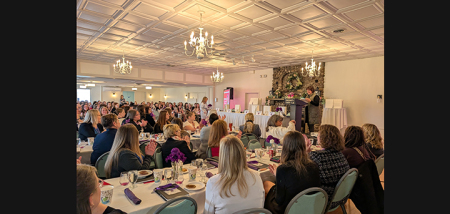
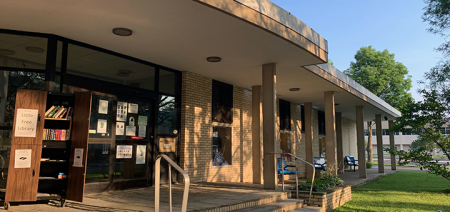
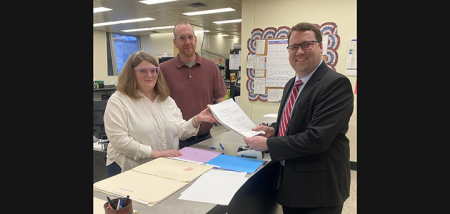
.jpg)
